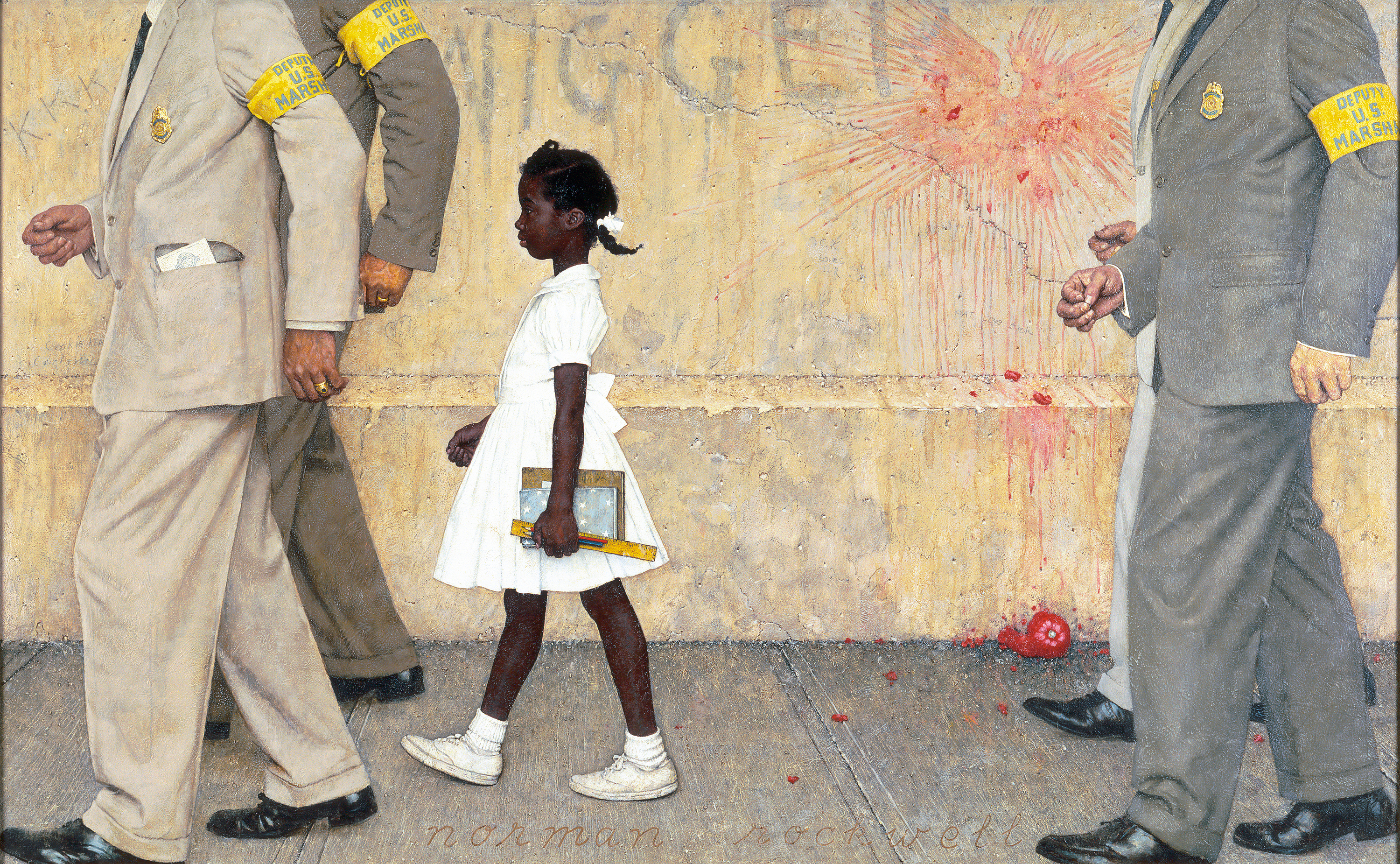Civil rights activist Ruby Bridges addressed hundreds of locals and BYU students on Thursday, Nov. 19, 2015 in honor of the new Norman Rockwell exhibit at the Museum of Art.

Rockwell immortalized Bridges in a 1963 painting showing her historic walk into a New Orleans school. Six-year-old Bridges was the first black student to integrate a Southern elementary school, and four U.S. marshals escorted her through a mob on her first day.
Bridges spoke about her experience and the importance of protecting children from racism to her audience at BYU.
She said she didn’t understand what was happening the first day at her new school. She thought she was going to college and mistook the mob for a Mardi Gras parade.
“I hear all the time how brave I was,” Bridges said. “And I have to say that I was acting as most of our six-year-olds would do. I knew absolutely nothing about what was going on that day.”
Angry, white parents withdrew their children from the school or pulled them from Bridges’ class, making her the only student in her first-grade classroom. Her teacher, Mrs. Henry, treated her kindly and the two grew close, but Bridges said she missed playing with children her age.
“The worst part about first grade was the loneliness,” Bridges said. “It never crossed my mind what the other kids might have looked like. I just wanted to make friends.”
Bridges re-enrolled in the same school for second grade and graduated from an integrated high school years later. She later wrote children’s books about her experience and became a public speaker.
“My story is bigger than me,” Bridges said. “I’m just a vehicle, and I feel a sense of responsibility to try to explain racism to a child.”
Bridges said she realized in first grade that even though Mrs. Henry looked like the white adults in the mob outside the school, she was nothing like them. She said the realization taught her to judge people by their character rather than their appearance because racism has no place in a human heart.
“None of us have the luxury of thinking that we only need to trust and love the people who look like us,” Bridges said. “If you are good, I want you on my team. We have to fight the evil, and I know we can win.”
She said good people need to team up against problems like racism and bullying. She invited the adults and children in the audience to think about ways they could come together and reach out to another person.
“Extend a hand or an offer to help,” Bridges said. “I guarantee you’ll meet someone who will need that hand, who will embrace what you’re offering.”
Rockwell’s painting of Bridges will be displayed in the MOA’s “American Chronicles: The Art of Norman Rockwell” exhibit from Nov. 20, 2015, to Feb. 13, 2016. Museum guests can reserve tickets to the free exhibit at rockwell.byu.edu.




